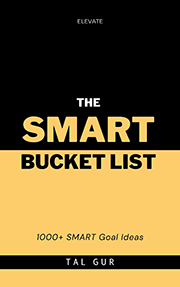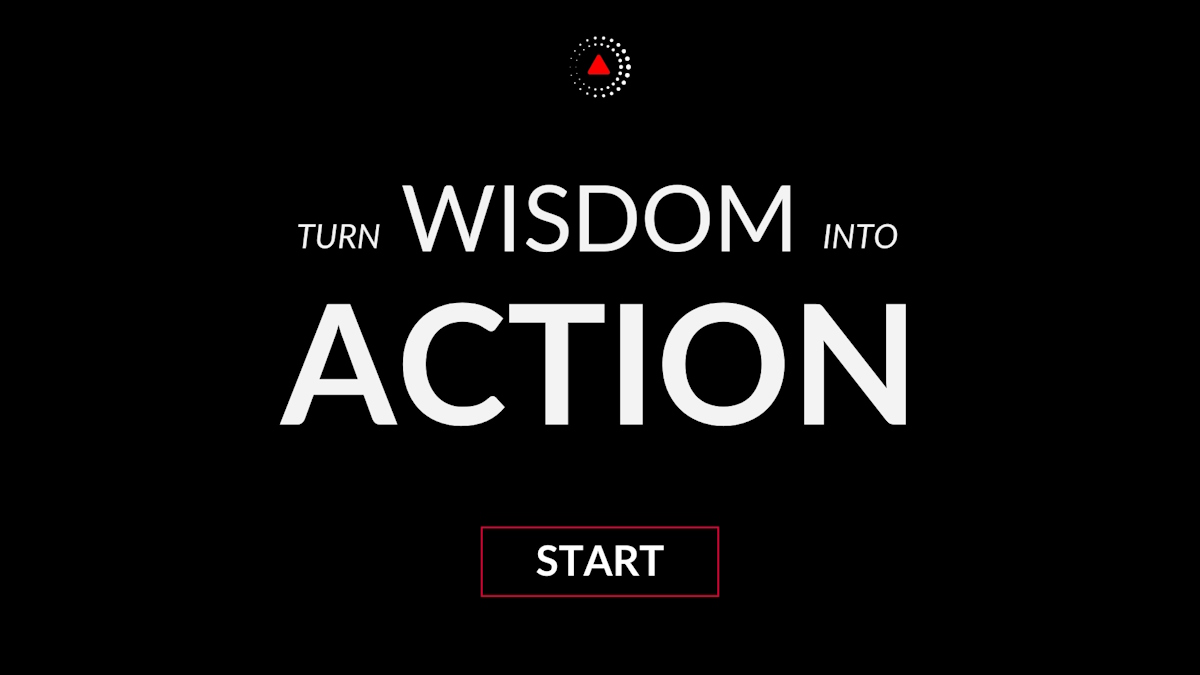That which is not good for the bee-hive cannot be good for the bees.
What's the meaning of this quote?
Quote Meaning: This quote highlights the interconnectedness and interdependence of individuals within a collective or community. It suggests that what is detrimental or harmful to the overall well-being of a group or system ultimately has negative consequences for the individuals within that group.
The quote uses the analogy of a bee-hive to illustrate this concept. Bees within a hive function as a cohesive unit, working together for the survival and productivity of the colony. If something disrupts or harms the hive, it inevitably affects the individual bees and compromises their ability to thrive.
By extension, the quote suggests that in any social, organizational, or ecological context, actions or decisions that undermine the collective well-being are ultimately detrimental to the individuals within that system. It emphasizes the importance of considering the broader impact and consequences of our choices, recognizing that what benefits the collective is likely to benefit the individuals within it.
This quote also invites us to think beyond immediate personal gain and to adopt a more holistic perspective. It encourages us to prioritize the common good and work towards the well-being of the larger community or system in which we are a part. By doing so, we contribute to the flourishing of the individuals within that community or system.
Who said the quote?
The quote "That which is not good for the bee-hive cannot be good for the bees." was said by Marcus Aurelius (Bio / Quotes). Marcus Aurelius was a Roman emperor who ruled from AD 161 until his death in AD 180.
Is there a historical example that illustrates the message of the quote?
Historical Example: The Industrial Revolution and Worker's Rights.
This quote reflects the interdependence and interconnectedness of a society's well-being. During the Industrial Revolution in the 18th and 19th centuries, there was a significant shift from agrarian economies to industrialization, leading to the rapid growth of factories and urban areas. While this era brought about technological advancements and economic progress, it also highlighted the importance of considering the welfare of workers as essential for the overall prosperity of society.
One notable example that illustrates the message of the quote is the labor movement that emerged during the Industrial Revolution. As factories sprouted and industrial production boomed, many workers faced harsh working conditions, long hours, low wages, and inadequate safety measures. The well-being of individual workers was often disregarded in the pursuit of maximizing profits and economic growth.
However, over time, workers recognized that their individual well-being and rights were intrinsically tied to the overall health and success of society. They began organizing and advocating for their rights, demanding fair wages, reasonable working hours, and improved working conditions. Through collective action, workers sought to address the detrimental impact of exploitative labor practices on both their individual lives and the larger societal framework.
One significant milestone in this movement was the formation of trade unions, which acted as collective voices for workers and negotiated with employers for better working conditions. Examples include the rise of labor unions such as the Knights of Labor and later the American Federation of Labor in the United States, as well as the Trade Union movement in Europe.
These efforts to improve workers' conditions were motivated by the understanding that a healthy and content workforce would be more productive and contribute to the overall well-being of society. By advocating for fair treatment and better working conditions, workers aimed to create a more equitable society where the prosperity of the bee-hive, symbolizing the collective society, was reflected in the improved lives of the bees, representing individual workers.
The historical example of the labor movement during the Industrial Revolution demonstrates that neglecting the welfare and rights of individual workers ultimately harms the entire society. Recognizing the inherent interconnectedness and interdependence of all members of a society, the movement sought to create a more balanced and equitable system, where the well-being of workers was considered vital for the overall prosperity and stability of society.
How can the quote be applied in a real-life scenario?
The quote "That which is not good for the bee-hive cannot be good for the bees" emphasizes the interdependence between the collective and the individual in a real-life scenario. It implies that the well-being of individuals is intrinsically tied to the well-being of the community or group they belong to. Here's how this quote can be applied:
Teamwork and Collaboration: In a workplace or any collaborative setting, the quote highlights the importance of recognizing that individual success is closely connected to the success and harmony of the team or organization. It emphasizes the need for cooperation, open communication, and a shared sense of purpose to create a positive and productive environment for everyone involved.
Social and Community Welfare: At the societal level, the quote serves as a reminder that policies, decisions, and actions should be geared towards the collective well-being of the community as a whole. It encourages a focus on equitable distribution of resources, social cohesion, and sustainable development. Prioritizing the health and prosperity of the larger community benefits the individuals within it.
Ethical Considerations: In personal decision-making, the quote emphasizes the importance of ethical considerations and the potential impact of individual actions on others. It calls for a sense of responsibility and empathy, encouraging individuals to consider the broader consequences of their choices and strive for actions that benefit not only themselves but also the larger community.
Environmental Stewardship: The quote can be applied to environmental issues, emphasizing the interconnectedness between humans and the natural world. It underscores the importance of sustainable practices, conservation, and responsible resource management. Recognizing that actions detrimental to the overall ecosystem will ultimately harm individual beings highlights the need for environmental stewardship.
Relationship Dynamics: In interpersonal relationships, the quote highlights the significance of mutual respect, support, and healthy dynamics. It suggests that actions that harm the well-being of the relationship or the broader connection will inevitably impact the individuals involved. Prioritizing the health and harmony of the relationship fosters individual growth and fulfillment.
In summary, the quote emphasizes the interdependence between the collective and the individual. It reminds us to consider the well-being of the community or group as a whole, as it directly impacts the individuals within it. Applying this quote encourages collaboration, ethical decision-making, social responsibility, and an awareness of the interconnectedness of our actions with the broader context.
Chief Editor
 Tal Gur is an author, founder, and impact-driven entrepreneur at heart. After trading his daily grind for a life of his own daring design, he spent a decade pursuing 100 major life goals around the globe. His journey and most recent book, The Art of Fully Living, has led him to found Elevate Society.
Tal Gur is an author, founder, and impact-driven entrepreneur at heart. After trading his daily grind for a life of his own daring design, he spent a decade pursuing 100 major life goals around the globe. His journey and most recent book, The Art of Fully Living, has led him to found Elevate Society.



















